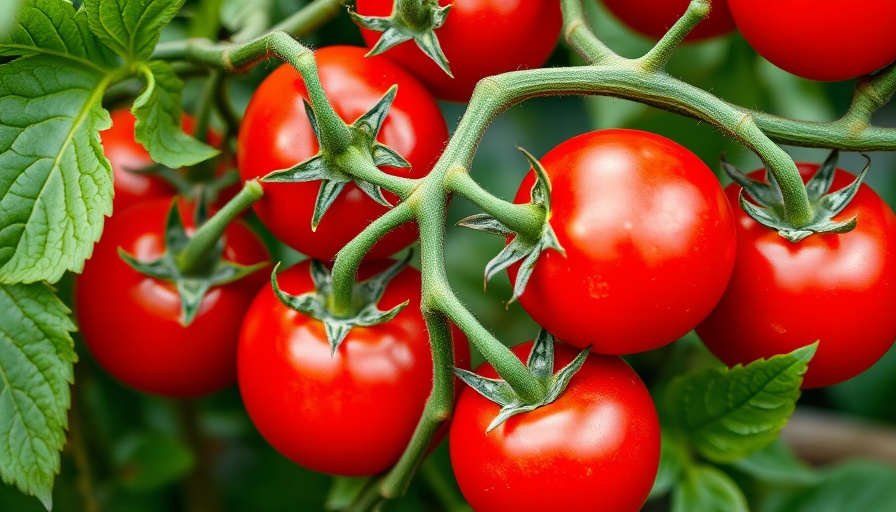
Inside Australia’s High-Security Biosafety Level 4 Lab
Every day, Jennifer Barr undergoes a rigorous sequence of security protocols before she sets foot into the Australian Centre for Disease Preparedness (ACDP), located in Geelong. This facility is not just any research center; it is one of the few high-containment laboratories in Australia equipped to handle some of the world's deadliest pathogens, including Ebola and bird flu.
The Necessity of Rigorous Safety Measures
Once through six security checkpoints, Barr changes into medical scrubs, adorned with a full-length encapsulated suit connected to an external air supply — ensuring protection against the highly transmissible and often lethal viruses being studied. This level of safety is paramount, as scientists at ACDP conduct research on zoonotic diseases that can leap from animals to humans, thus posing a threat not only to public health but also to livestock and wildlife.
Understanding Zoonotic Diseases
With recent global health crises reminding us of the potential impact of zoonotic diseases, ACDP’s work is crucial. At the facility, scientists focus on diseases like Nipah, Hendra virus, and lyssavirus, aiming to not only understand how these pathogens spread but also how to develop potential solutions or vaccines for future outbreaks.
The Implications for Global Health
Given the rise of emerging infectious diseases due to factors like climate change and urban expansion, the work being done at the ACDP has never been more important. By investing in research and containment strategies, Australia is playing a proactive role in preventing possible pandemics from escalating into global crises.
Conclusion: The Vital Role of Biosafety Labs
As the threats posed by infectious diseases continue to grow, understanding the valuable work done within biosafety labs like the ACDP is essential for appreciating the complexities of disease prevention and public health policy. These high-security environments not only protect researchers but also contribute valuable data and insights that can safeguard communities both locally and globally.
 Add Row
Add Row  Add
Add 




Write A Comment